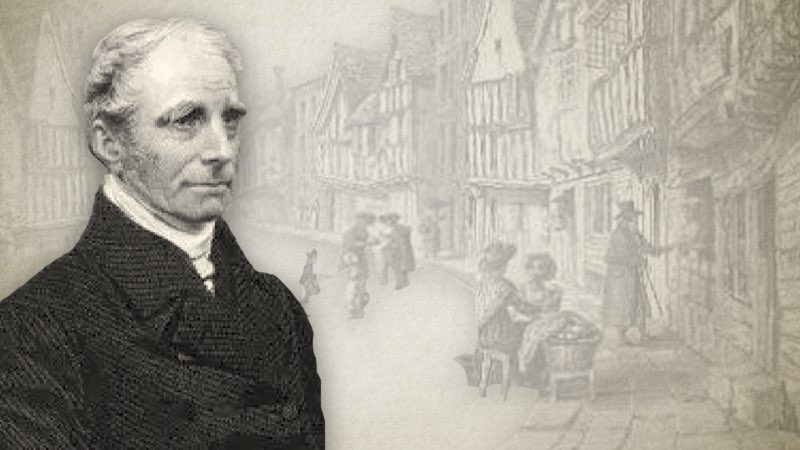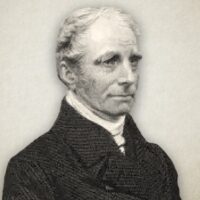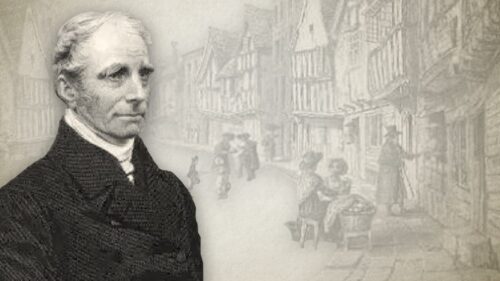
104 Concordance
CONCORDANCE
A dictionary or index to the Bible, wherein all the leading words are ranged alphabetically, and the books, chapters, and verses wherein they occur referred to, to assist in finding out passages, and comparing with the several significations of the same word. Cardinal Hugo de St. Charo seems to have been the first who compiled a concordance to the Holy Scriptures; and for carrying on this work, it is said, he employed 500 monks to assist him. Rabbi Mordecai Nathan published a Hebrew concordance, printed at Venice in 1523, containing all the Hebrew roots, branched into their various significations, and under each signification all the places in Scripture wherein it occurs; but the best and most useful Hebrew concordance is that of Buxtorf, printed at Basil in 1632. Calasius, an Italian cordelier, has given us concordances of the Hebrew, Latin, and Greek, in two columns: the first, which is Hebrew, is that of rabbi Mordecai Nathan verbatim, and according to the order of the books and chapters: in the other column is a Latin interpretation of each passage of Scripture quoted by R. Mordecai: this interpretation is Calasius’s own; but in the margin he adds that of the LXX and the Vulgate, when different from his. The work is in 4 vols. folio, printed at Rome in 1621. A new edition of this work was published by subscription in London, in 1747, 8,9, by Mr. Romaine, to which he obtained the signature of every crowned head in Europe, his Holiness not excepted. Dr. Taylor published, in 1754, a Hebrew concordance, in 2 vols. folio, adapted to the English Bible, and disposed after the same manner as Buxtorf. This is perhaps the best for English readers.
The Greek concordances are only for the New Testament, except one by Conrad Kircher on the Old, containing all the Hebrew words in alphabetical order; and underneath, all the interpretations of them in the LXX, and in each interpretation all the places where they occur in that version. In 1718, Trommius published his Greek concordance for the LXX, at Amsterdam, in 2 vols. folio; and Schmidius, improving on a similar work of H. Stephen, has given an excellent Greek concordance for the New Testament the best edition of which is that of Lepsic, anno 1717. William’s concordance to the Greek Testament gives the English version to each word, and points out the principal Hebrew roots corresponding to the Greek words of the Septuagint, 4to.1767. We have several concordances in English, as Fisher’s, Butterworth’s, Newman’s, Brown’s; but the best esteemed is that in 4to. by Alexander Cruden, which no minister or student should be without, except he have such a prodigious memory as to supersede the necessity of it. Crutwell’s Concordance of Parallels may also be consulted with profit. Talbot’s complete Analysis, and new Arrangement of the Bible; Dodd and Locke’s Common- place Books; with Clark on the Promises, and Gastrill’s Institutes, may also be useful to preachers.
Charles Buck (1771-1815) was an English Independent minister, best known for the publication of his “Theological Dictionary”. According to the “Dictionary of National Biography”, a Particular Baptist minister named John C. Ryland (1723-1792) assisted Buck by writing many of the articles for the aforementioned publication. One may conclude, based not only Buck’s admiration for his friend Ryland, but also on the entries in his Theological Dictionary, that he stood head and shoulders with the High-Calvinists of his day.
Charles Buck on the Biblical Covenants (Complete)
Charles Buck's Theological Dictionary




